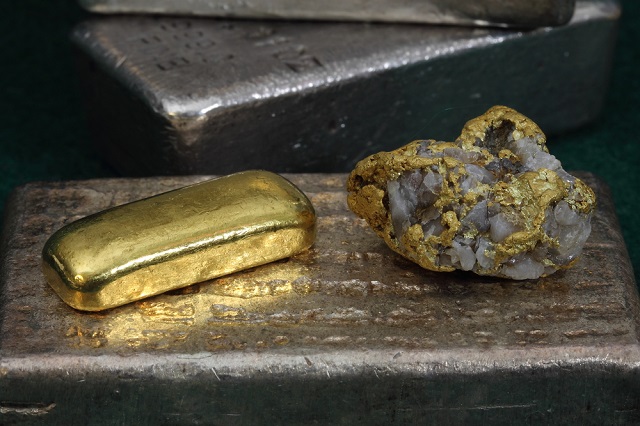The development of Canadian mining companies has had an important impact on the global economy, and now is the best moment to invest in them.
Minerals and metals are essential to us, due to the fact that we need them for almost anything: to build computers, vehicles, buildings and even green technologies. In Canada, mining is a main economic activity and many people depend on the growth of this sector to sustain their families and themselves.
Nearly 3.700 Canadian industries are main suppliers of metals, minerals, and related goods in the world. Across this country, around 375.000 people work in mining and mineral related industries, and they are paid one of the highest wages in all industrial sectors.
Mining is so important to Canada, that in 2014 the industry accounted for 18,2% of the total value for goods exports, and the whole mineral production accounted for $44,7 billion in revenues in the same year.
Canadian mining companies
Canada produces over 60 different metals and minerals: is the first producer in potash; second in uranium; third in several metals such as aluminum, cobalt and tungsten; fourth in minerals such as salt; and fifth in diamonds and gold.
Gold is one of the most valuable and important metals for global economy. Luckily Canada is located over one of the most important gold mines of all times. The Hemlo gold mine is located, of course, in the Hemlo Camp, Ontario, which is a very prolific mining region. Over the last few years, it has produced more than 24 million ounces of gold.
In the early 1980’s, prospectors Don McKinnon, John Larche and Richard Hughes discovered this mine. They were searching for something as big as the 19th century Klodike mine, where it is estimated that over 100.000 immigrants came to Canada looking for this precious metal. After gold was found in the Hemlo Camp, the former mining company, Noranda, built the Golden Giant mine very quickly. The best times for the Hemlo gold mine were in the early nineties, when near half a million ounces of gold where produced every year. After 21 years, the mine closed, but not without having extracted over 7 million ounces of gold during its existence.
Now, Don McKinnon Jr. is seeking after his father’s footsteps and is looking to find the next Hemlo. The McKinnon-Hawkins Gold Project is searching in over 30 kilometers of favorable ground with great potential to host gold mineralization. A team of geologists, including Robert Weicker, a past chief geologist at Hemlo, calculate the inferred quantity of 239.100 ounces of gold in the explored area. There’s also excellent potential to increase that estimated with further investigation.
The Mckinnon-Hawking project has all the drilling permits and still has an enormous potential of exploration and excavation in search for this metal. In fact, the Hemlo deposits have a remarkable possibility of continuous gold mineralization.
Hemlo camp is one of the most prolific natural resources zone in Canada and in the world. Today, it is still a very important mining center that has yet a lot to give. The closing of the Golden Giant doesn’t mean that the gold mineralization has stopped and a lot of opportunities are out there for people who are interested in investing in one of the most expensive and valuable metals in the world.
 Investment value finders Investment value finders
Investment value finders Investment value finders




